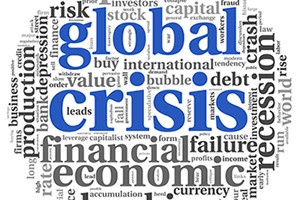Events of the past couple of days have me thinking about the entire concept of normal. “Normal,” by definition, means “usual, average, or typical.” It’s a good definition. But when you actually apply it to what we see around us, that definition makes you consider whether the current “normal” meets those conditions—and thus deserves the term.














